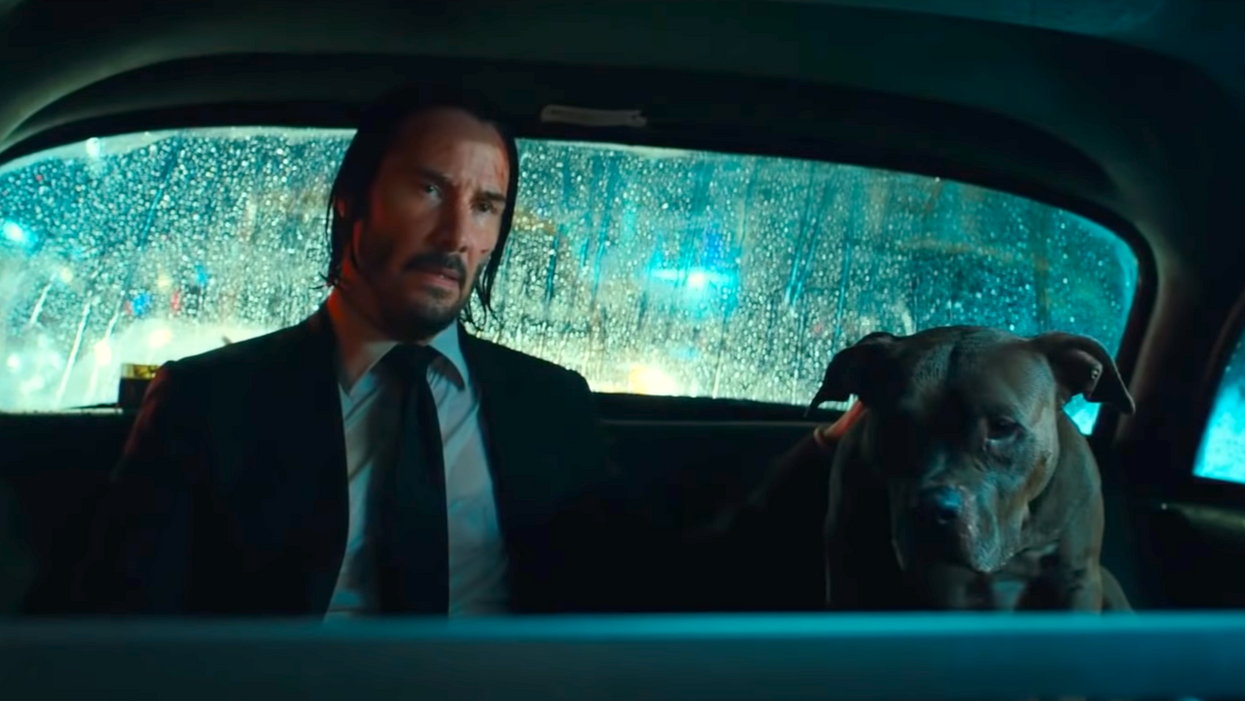5 Easy Tricks for Shooting Action Sequences
There's actually an art to shooting fine-tuned, engaging action sequences.

Your first inclination might be to just throw your camera into the hands of an operator and let them shoot handheld. This is a tried-and-true method, but you have more options than that.
The team at Cinecom has put together five easy tips for how to shoot action films. Get their suggestions in the full video below, followed by our breakdown and additional information.
1. Shoot handheld.
As mentioned, this is usually the first option most directors go for. Shooting your action handheld is dynamic, and puts the viewer on the ground as if they are part of the action.
It's also more affordable. Not all up-and-coming directors will have the funds to purchase gimbals and dollies, or hire a Steadicam operator.
However, you should remember to be intentional with your handheld shots -- in other words, don't do it just because you're lazy and don't want to figure out a stronger way to shoot a scene.
Don't exaggerate the handheld method. Let the action speak on camera. Don't try to make your shot look shaky for the fun of it. Shoot your actor running, jumping, or otherwise moving throughout a scene, and instruct the camera operator to actually try keeping the shot stable. Natural movement will still add shake.
Check out some of our tips for shooting handheld scenes and how to make sure your handheld footage actually looks good.
2. Make your moving subject appear faster or slower with different camera moves.
This applies specifically to running sequences and car chase scenes. One option is to include foreground objects in your action shots. By placing still objects in front of your moving subject, the subject appears to move faster.
You can also use different filming techniques, allowing the camera shot to either keep up with, lag behind, or catch up to the moving subject.
A lot of these tactics can be seen in this car chase example from Baby Driver.
3. Use focal length to place your audience.
Filming close to the action with a wide-angle lens (like a 16mm) brings the audience into the scene in an engaging way. A 100mm lens, zoomed in, can offer a shot in the hero's point of view.
In Cinecom's footage, they used the distant shot to suggest a villain was closing in on their hero, and made it seem like the audience was sharing that point of view.
Remember that your choice of lens can convey different emotions and suggest different story beats.
4. Change your shutter speed.
The Cinecom team used a 45-degree shutter angle, or 1/200 at 25fps. This gave their shots a realistic look.
If you're totally new to the idea of shutter speed, check out our guides for everything you need to know about shutter speed, then try five ways to creatively use shutter speed in your next project.
5. Don't forget to focus on your actor.
Remember that, even in the middle of a big action sequence, your character should be going through some kind of emotion during the scene. Maybe it's the exhilaration of an exciting chase. Maybe it's panic and fear as a deadly enemy closes in. Maybe it's a determination to survive, no matter the cost. There are a hundred different ways to play it.
Vary your shots (medium, wide, and close ups) so that the focus is not just on the action, but also about what the character is feeling.
Think you're ready? Check out our ways to creatively use close-up shots.
What other tips do you think are important for shooting action sequences? Do you have any favorite action scenes that utilize all of these ideas?
Source: Cinecom











